
Pictures from the 1927 St. Louis Tornado

Here is evidence in pictures of the destruction wrought by the huge tornado that devastated parts of downtown St. Louis on September 29, 1927. These pictures of the tornado damage were taken that day at approximately 1:15pm, and are the property of the Carondelet Historical Society (who kindly let me scan and post them here).
This huge twister left 76 dead and over 1500 injured. Property damage costs were in the millions. My favorite of these pictures is of the little boy standing next to the ruins of a house (was it his home that got torn down by the tornado?).
You can read an original news story from the Decateur Illinois Review, see a youtube clip with footage from the 1927 tornado (and interviews with surviving survivors), and find more pictures.
Historic St. Louis Tornado of 1927 – Updated June 24, 2025
It seems that this page has attracted quite a bit of traffic recently, likely related to the 2025 St. Louis tornado. In reviewing this post, I noticed that one of the original links I included to find more pictures of the 1927 St. Louis tornado has gone offline. However, I’ve tracked it down on the Wayback Machine so it is still accessible.
Here is the updated information for your reference:
- The original link to additional pictures of the tornado damage is no longer functional:
http://www.usgennet.org/usa/mo/county/stlouis/weather/1927tornado.htm.You can now find it archived here on the Wayback Machine:
Wayback Machine Link (Archived USGenNet page) - I have also updated the link to the Decatur Illinois Review article. The original link was broken, but the archived version is available here:
Wayback Machine Link (Archived Decatur Illinois Review article)
Additional Update:
I’ve gone a step further to preserve the historical materials surrounding this event. I saved the images from the Wayback Machine archive and have added them below. If these images are not in the public domain or require additional attribution, please let me know so the content can be updated accordingly.
Archived Images of the 1927 St. Louis Tornado:
The Decatur Review, September 30, 1927 report of the St. Louis Tornado:
Text in the article above, attributed to The Decatur Review, September 30, 1927:
St. LOUIS TORNADO DEAD TOTAL 84 — INJURED 671.
STORM, LASTING FOUR MINUTES, WRECKS 5,000 BUILDINGS — PROPERTY DAMAGE IN MILLIONS.
St. Louis, Sept. 30 — (A.P.) — Four terrible minutes of a ripping and roaring tornado that devasteated an area of six square miles, crushed out the lives of 84 persons in St. Louis and vicinity yesterday. Besides 671 were treated for injuries, 5,000 homes and business structures were destroyed or damaged with a loss of from $10,000,000 to $100,000,000.
All of the dead but seven have been identified. Addidional bodies were found this morning and some of the most seriously injured died.
The tabulation of deaths, injuries and damage mounted steadily all night and it was feared that further exploration might bring an increase.
Downtown St. Louis escaped nearly unscathed, but some of the city’s finest homes along Lindell Boulevard from Newstead avenue to Grand boulevard were laid waste.
The area of greatest destruction lay roughly southwest to Northeast bounded by Forest Park boulevard, Sarah street, Pendleton Avenue and Herbert street.
With eighteen persons reported missing, many injured in a critical condition and portions of the devastated area unsearched for bodies, the Post Distapch estimated the total deaths might reach 140.
Hundreds of families left homes, and slept last night in the National Guard Armory and other improvised quarters and were fed today from Red Cross field kitchens.
Militiamen today patrolled the streets west of Grand Boulevard.
The black, swirlling funnel seemed to have appeared without warning near Forest Park, to have pursued a zig zag course for six miles to leap the Mississippi and dissipate its fury at Venice, Granite City and Madison, Ill., in which six persons were killed and twenty injured.
Every St. Louis policeman and fireman was called out but their numbers were inadequate to patrol the stricken area and a regiment of state militiamen was summoned.
Orders to shoot looters were issued. Only two unconfirmed reports of looting was made.
A citizens relief committee with Mayor VICTOR MILLER as chairman, was organized. The Red Cross placed a relief station in the stricken area. Mayor MILLER issued an appeal for funds.
The tornado was the second in St. Louis history. The first struck 31 years ago and claimed 300 lives in St. Louis and vicinity. The two tornadoes followed generally the same course.
Throughout the wilderness of crumpled houses, fallen trees, wrecked factories and business buildings and twisted wires men dug frantically all night. Shortly before 4 a.m. explorers seeking the bodies of five missing children in the remodelled central high school found the bodies of two girls. Seven school buildings, housing 6,500 children, were in the tornado area but only at Central High were there fatalities. Eighteen other pupils there were injured when a huge tower crashed on the auditorium.
Old brick houses were crumbled like eggshells in one part of the area. The newer homes were not spared and gaping holes gave the district the appearances of a shell torn city.
Rescuers found pathetic scenes of men, women and children standing about dazed and helpless while others dug into the heaps of brick and wood for loved ones.
As the news was flashed to the downtown section the police and fire departments hastily mobilized and soon the sirens of fire apparatus and police ambulances announced the coming of help.
Travel was slow and laborious and from Forest Park to the Mississippi river the city lay almost inert. Telephone communication was halted. Word reached a radio station and was broadcast, although persons outside of the area little realized the extent of the catastrophe. The first movement was toward Central high school. Firemen found 16 injured pupils. Then the search for dead was begun.
Fire broke out in several places and was extinguished by firemen with the help of a steady drizzle of rain. The bodies of three women were taken from burning debris.
The rain stopped and the sun came out but shortly afterwards another storm threatened and the air seemed tinted green, later turning to a pale pink.
Many public buildings including seven schools and four hospitals suffered damage, among the list of 5,000 structures razed. The Columbia school was seriously damaged Central high, recently repaired, suffered severely and St. Louis university high was unroofed.
The city sanitariuim, the Shriners hospital, the Mullanphy Hospital and the Washington University Medical school also felt the wrath of the elements.
The roof of the Perfection Manufacturing company was blown away and an entire block of homes occupied by negroes was wrecked. Riddick school was damaged and a number of students injured. Church’s Novelty Shoe company where 1,000 persons were employed until a month ago was leveled.
Churches seemed to have suffered little. A few tiles were missing from the dome of the new Cathedral.
The Rick educational museum collapsed and it was feared many priceless specimens had been destroyed.
A block of three-story apartments houses at Maryland and Whittier was destroyed.
The Rozelle hotel, Sarah McPherson garage, Polar Wave Ice plant and Nugent’s branch dry goods store also were seriously damaged.
The Central furniture company’s factory was seriously damaged as were a number of other industrial plants.
Weather bureau officials here declared that the storms, which struck St. Louis and Rudy, Ark., were off shoots of a storm area centered over northwestern Kansas where the barometric readings were described as “very low.” The maximum velocity of the wind here was 90 miles an hour, at 1:03 o’clock.
The average velocity during the worse five minutes of the storm, however, from 1 to 1:05 p.m. was 72 miles an hour.
The wind came from a westerly and southwesterly direction, but weather bureau officials said there was no way of determining the extent of the storm area or in which direction it might have traveled. Such storms, they said, usually blow themselves out soon.
Nearly one inch of rain fell during the storm which added to the distress of the victims.
HUGH PERTLE, ALVIE ANDERSON, and JULIE ANDA were killed in collapse of a wall at Polar Wave Ice company plant.
JOSEPH SIMON and two unidentified negroes were killed when part of a building collapsed at the plant of the Hydraulic Press Brick company in the southeast section of the city.
Detective Sergeant EDWARD SCHAAF was killed in collapse of a building in the west end. An unidentified patrolman was killed.
WILLIAM OWSLEY, a salesman, and JOSEPH BERRY were killed in their automobiles. MARY PETEE, 62, was killed when a wall at her home was blown in.
Others dead were JAMES O’LEARY, killed in collapse of a building; CALHOUN CRAWFORD, 25, taken to morgue from plant of National Ammonia company, and EVERETT STONE, 32.
Others killed included JAMES HENRY and EARL SHELTON, negroes. Several children were injured when one wall and all the windows were blown out of the Riddick school.
The roof of the Columbia school was damaged and the children fled from the building. A part of the roof of Marquette school collapsed, demolishing one room of the building. No one was injured there.
Twelve men were buried in the debris of a building at 1939 South Vandeventer avenue. Ten were rescued unhurt and the other two were missing. The storm struck heavily in the district west of Grand Boulevard and Easton avenue.
In all parts of the city pedestrians were swept from their feet by wind, roofs were lifted wholly or in part, automobiles were blown about and trees were blown down or stripped of limbs.
A group of workmen in the Frank Adams Electric company narrowly escaped death when a huge smokestack and several tons of concrete fell through the roof of the company’s factory.
The quarters of the Missouri Automobile club on Lindell avenue was badly damaged resulting in the injury of PETER FASTNETT, who was cut about the head by fallling bricks.
A temporary constructors’ building was carried a distance of forty feet and sit directly in the center of Lindell Boulevard, which prevented the fire apparatus from reaching the scene of several fires which started in the residence section.
Damage to school buildings was estimated at $1,500,000.
Abandoned street cars still stood today on the tracks of some lines traversing the damaged district. Service was restored on other main crosstown divisions.
Lindell boulevard between Sarah street and Newstead avenue, furnished probably the most impressive exhibit of the destruction. Old dwellings stood roofless and the newer or less substantial apartment houses showed damage of every character.
Streets to the north fared similarly, the storm taking a wider course. Insurance agencies and adjustment bureaus were swamped with work. None would venture any definite estimate of the loss.
FIVE ARE KILLED, TWENTY HURT IN ST. LOUIS SUBURBS.
St. Louis, Sept. 30 — (A.P.) — Five men were killed and 20 were injured, three perhaps fatally in a tornado Thursday which struck the tri-cities of Venice, Madison and Granite City, Ill., just across the Mississippi river from St. Louis.
DAVID RHULE, 44, NICK RADICH, 32, and W. L. COTTER, 35, were fatally burned when the force of the gale upset a crucible of moulten metal at the Granite city plant of the St. Louis Coke and Iron company. JOSEPH SCHWENDERMAN, his son, CLAUDE, and WALTER WILSON, were critically burned.
Chief of Police MICHAEL A. CLIFFORD, 72, of Venice, was fatally crushed when his home collapsed. His wife, MRS. AGNES CLIFFORD, 53, was severely injured.
CHARLES HEFT, 69, dropped dead during the storm at his home in Madison. He had been suffering from heart disease, and his wife said he became excited and frightened by the gale.
Damage in the tri-cities was estimated at several hundreds of thousands of dollars. The St. Louis Coke and Iron company suffered a loss estimated at $100,000. The American Car and Foundry plant was damaged $100,000, it was estimated.
The plant of the Illinois Power and Electric company at Venice was also heavily damaged.
LIST OF DEAD.
St. Louis, Sept. 30 — (A.P.) — The death list of at least 84 caused by Thursday’s tornado included these known dead:
ALVA ANDERSON.
JULIUS ANDRAE.
JOE BARRY.
REBECCA BLANCETT.
ORCHARD BLANKS.
WILLIAM BARKER.
DAVID BLANCETT.
DUCHESS BROOKS, negro.
PRINCE BROCKMAN, negro.
CALHOUN CRAWFORD.
M. A. CLIFFORD, chief of police, Venice.
W. L. COTTER, Granite City.
MARY DONNELLY.
KATHERINE DORSEY.
EDWARD A. DUNN of Cleveland, Mo.
MRS. MOLLIE DONOVAN.
HUBERT FURTLE.
MRS. BELLE FISHER.
HENRY FISHER.
JAMES HENRY.
MRS. H. HARRISON.
CHARLES HEFT, Madison, Ill.
NELLIE IRWIN.
ALICE KIDNEY.
BRIDGET MATHEWS.
MRS. THOMAS MATSON.
MRS. MANLEY.
F. C. MUELLER.
WM. OWSLEY.
JAMES L. OLEIVIE.
HARRY O’LEARY.
MRS. MATTIE PROST.
HATTIE PEAL, infant negress.
ARVIL PHELPS.
MRS. MARY POTEE.
MRS. PRICE.
VINCENT RUSSELL.
DAVID RHULE, Granite City.
NICK RADICK, of Madison killed at Granite City.
EVA MICHOLSKE, 13 years old.
JOSEPH SIMON.
EMMETT STONER.
EDWARD SCHAFF, detective sergeant.
EVERETT STONE.
EARL SELDON, negro.
GEORGE A. SLTTERY.
MRS. AGNES STRAUMANN.
JOSEPH SCHWENDEMAN, Granite City.
JOHN SOBBECK.
ANNA SIMPSON, negress.
GEORGE TOLLE.
MRS. ISABELLE URIARTE.
MRS. ELSIE VOELKER.
MRS. E. J. WILLIAMS.
WILL WASHINGTON, negro.
JOHN D. CAIN.
SARAH GREENFIELD.
FRED MASON, colored.
BLANCHE REED.
MRS. DELLA RYAN.
ZENA SCHNEIDER.
J. H. WAINWRIGHT, negro.
WALTER WILSON.
CHARLES N. HENDERSON, 50.
LORRAINE YOUNG, 12, negress.
EARL EDMUND, 5, negro.
MRS. JOSIE SAUNDERS, 30, negress.
The unidentified include five white women, a white man, two white children, two negro men, two negresses and three negro children.
Decatur Review Illinois 1927-09-30





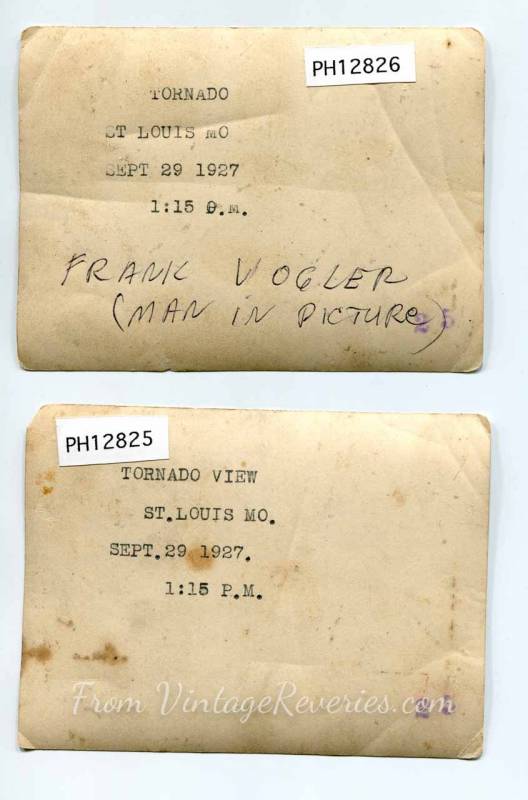
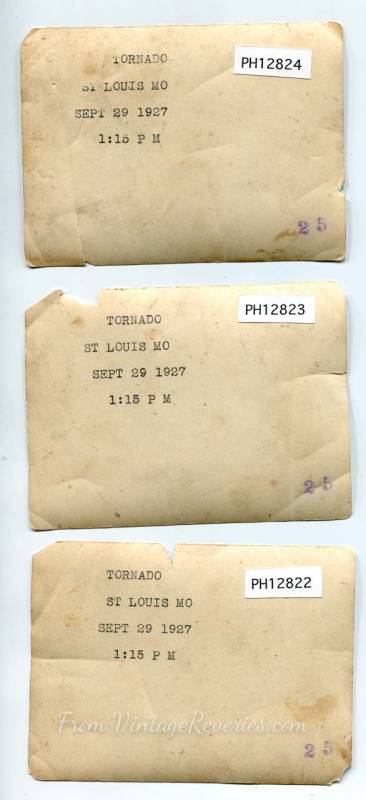
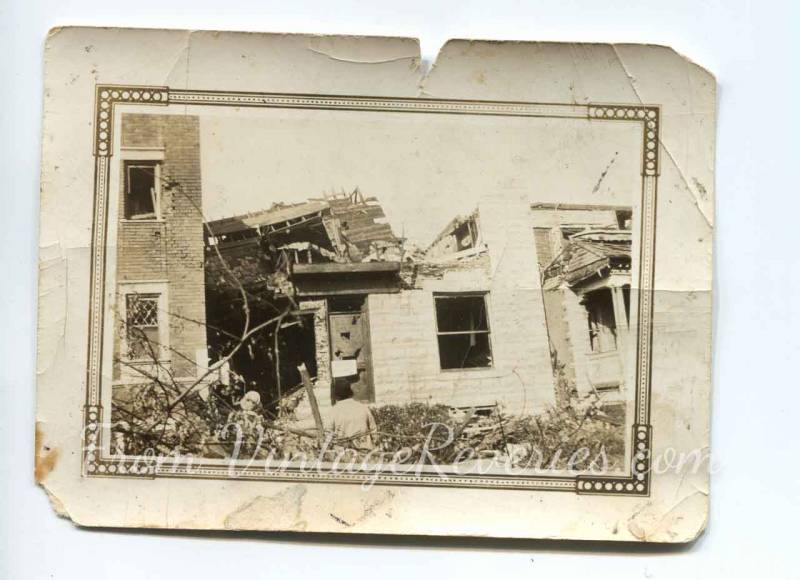

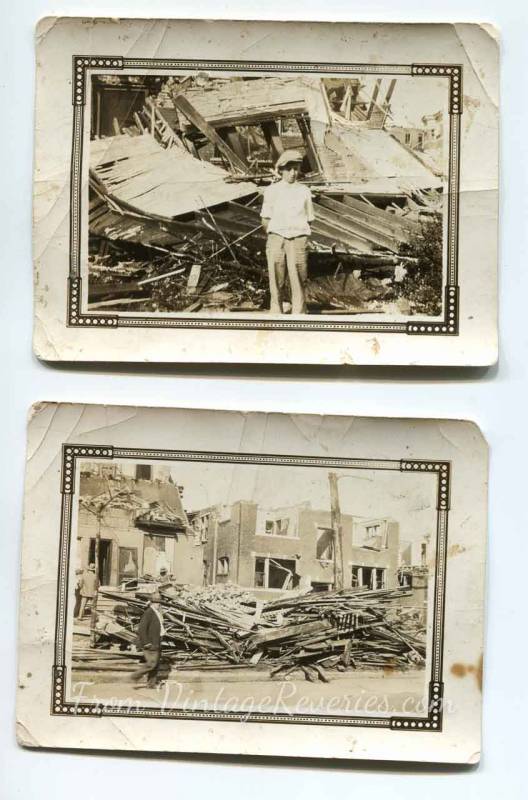

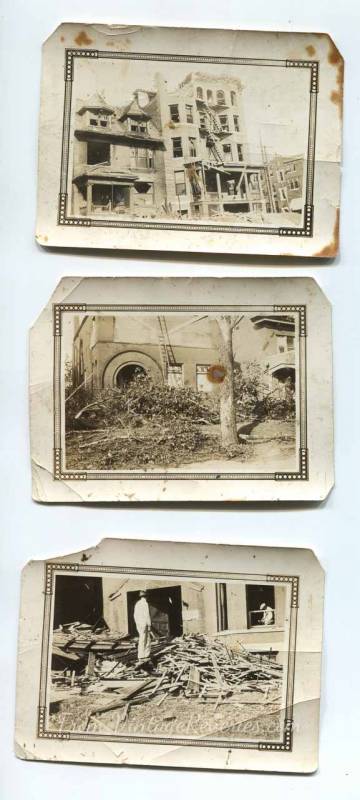

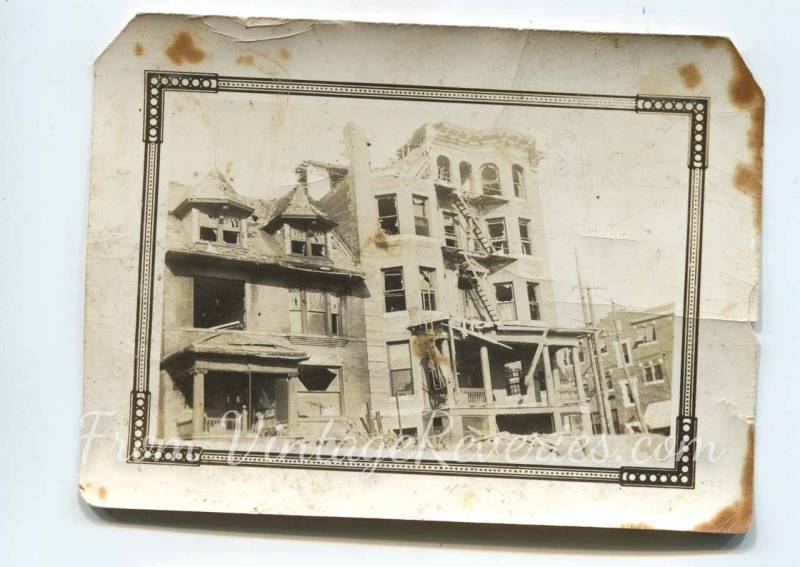
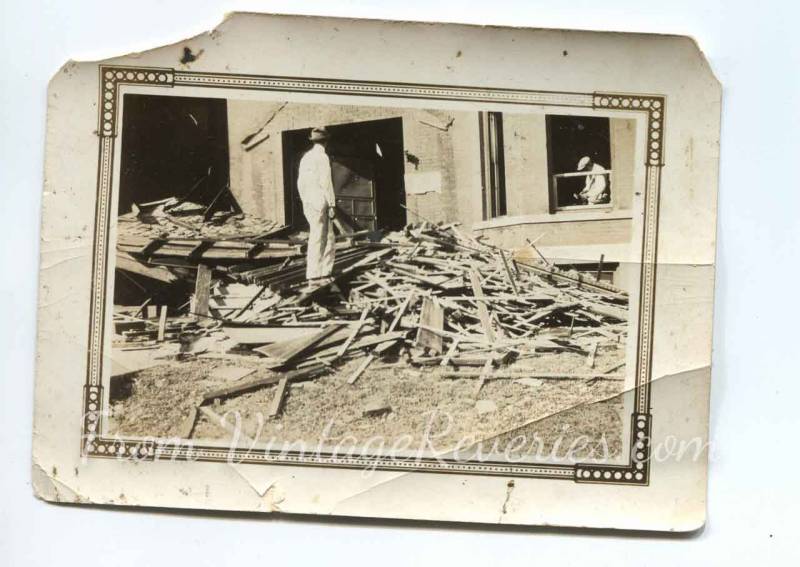














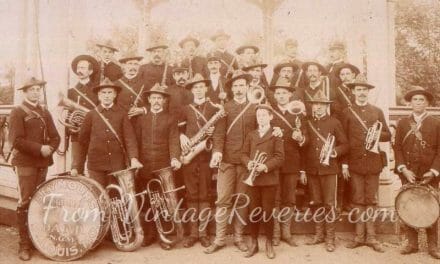
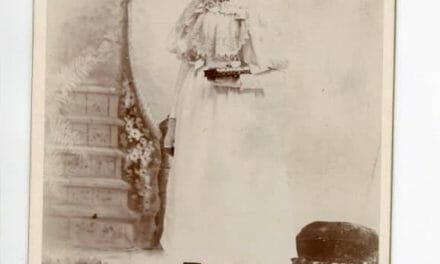
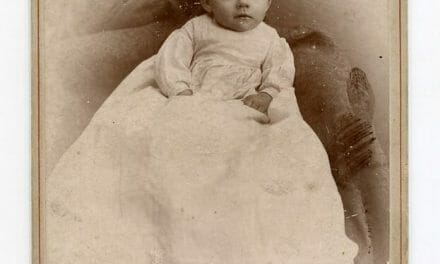
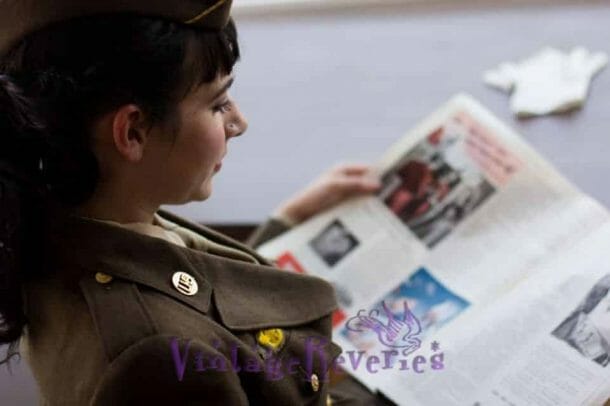







You must be logged in to post a comment.